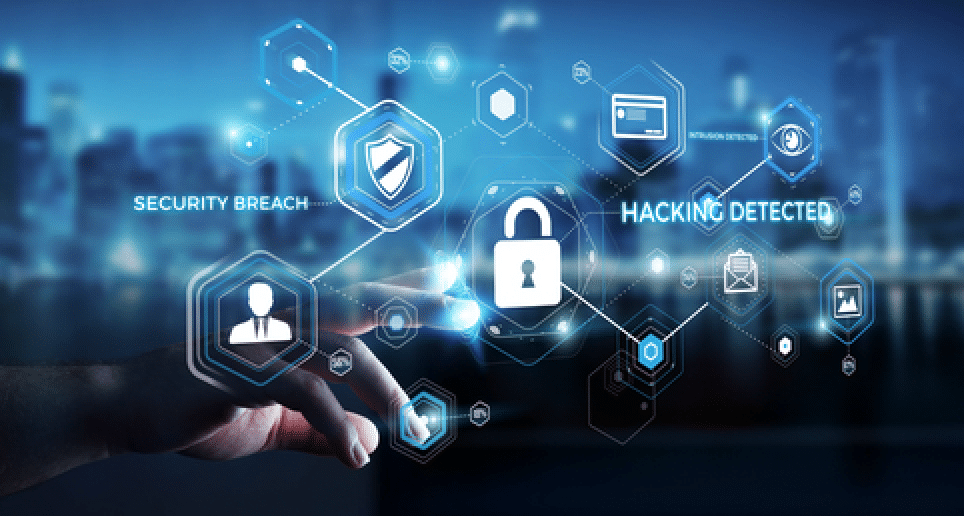
With the new year, the Covid pandemic and the sudden shift to remote work culture; the most important thing organizations focus on is how to increase their security to better protect their network. Protecting end user devices is a major factor in endpoint security measures needed to be taken to help stop cyber threats. Employees are the front end of defense and it’s essential to secure employee devices. According to Cybersecurity Ventures; “a cyber-attack incident will occur every 11 seconds in 2021. This is nearly twice the rate in 2019. With the rise of cyber threats and more strategic viruses, the stand antivirus software isn’t a solution for end user security and stopping the virus from getting into your network.
Why Antivirus is No Longer a Good Endpoint Security Solution
Antivirus software has been around since the 1980s and today serves as the progenitor of almost all cybersecurity. It is the one aspect of cybersecurity solutions that has gained widespread recognition, mainly from it’s longevity for protecting end user devices.
The main function of antivirus is to prevent malware which serves as a catch-all term for malicious programs trying to penetrate your organization’s digital perimeter. Antivirus works to identify and block malware to secure employee devices. It has to be installed on directly onto the end user devices and can perform real-time scans on emails, websites, and downloads.
However, as cyber threats and technology has evolved antivirus software hasn’t adjusted and now comes with major downsides as an end user security solution. Antivirus is definition based and has to be determined or known to even be able to block it. It requires a vast list of definitions and programmers have to continuously update the software as new virus are detected. Most legacy antivirus solutions rely on signature-based detection and prevention which doesn’t fit with increasingly signature-less threats or outright fileless threats which became increasingly common.
The Next Generation of Antivirus; Endpoint Detection and Response
Endpoint Detection and Response, otherwise known as EDR – rather uses behavior analysis technology to look at what the program is doing to determine if it is bad. EDR is able to track the whole timeline of infection and give a detailed timeline how the virus downloaded, spread and where it stopped.
EDR is designed to stop and help identify and examine suspicious or malicious activity for endpoint security. EDR provides a more comprehensive network security than traditional antivirus as it is more effective than antivirus tools in combating advanced threats to end user devices—which is increasingly important as organizations grapple to secure employee devices every day.
It’s apparent with the way cyber security has been evolving EDR is replacing Antivirus by protecting end user devices using AI and machine learning technology for advanced protection. Antivirus can only block against threats, while EDR detects threats dwelling on devices.
Watch the on-demand webinar to learn how standard Antivirus software is not able to block all cybersecurity threats and how to better protect your end user devices.
EDR for Protecting End User Devices & Process Improvements for Security
Security for Business Continuity
When taking new security measures for endpoint security it is important to look at solutions for the long term that are easily scalable liked EDR. To secure employee devices, especially with remote end user devices, is crucial to not only prevent attacks but to have a solution that can quickly identify threats and provide fast remediation to prevent those threats from spreading across your network. Endpoint Detection and Response as a security measure provides protection beyond the standard antivirus that include:
- Incident Data Search and Investigation
- Alert Triage or Suspicious Activity Validation
- Suspicious Activity Detection
- Threat Hunting or Data Exploration
- Stopping Malicious Activity
- Enhanced Manageability
- Accelerate Investigations & Remediation
Audit Trailing and Compliance Reporting
Especially beneficial for regulated industries, EDR tracks and maps the entire timeline of infection while providing detail reporting how the virus downloaded, spread and where it stopped. Not only does it prevent threats but provides a comprehensive visibility into endpoint protection of end user security by tracking hundreds of different security-related events, such as process creation, drivers loading, registry modifications, disk access, memory access or network connections.
Standard Antivirus Software is a solution of the past as Endpoint Detection and Response has progressed into a solution that is widely accessible and affordable amongst small to mid-sized organizations and is no longer strictly an enterprise solution. Compared to antivirus, EDR provides enhanced visibility into your endpoints and allows for faster response time for protection from advanced forms of malware, phishing, and other forms of cyber threats. An endpoint security solution that protects endpoints from being breached whether they are physical or virtual, on- or off-premises, in data centers or in the Cloud.
For more information on EDR and protecting end user devices:


